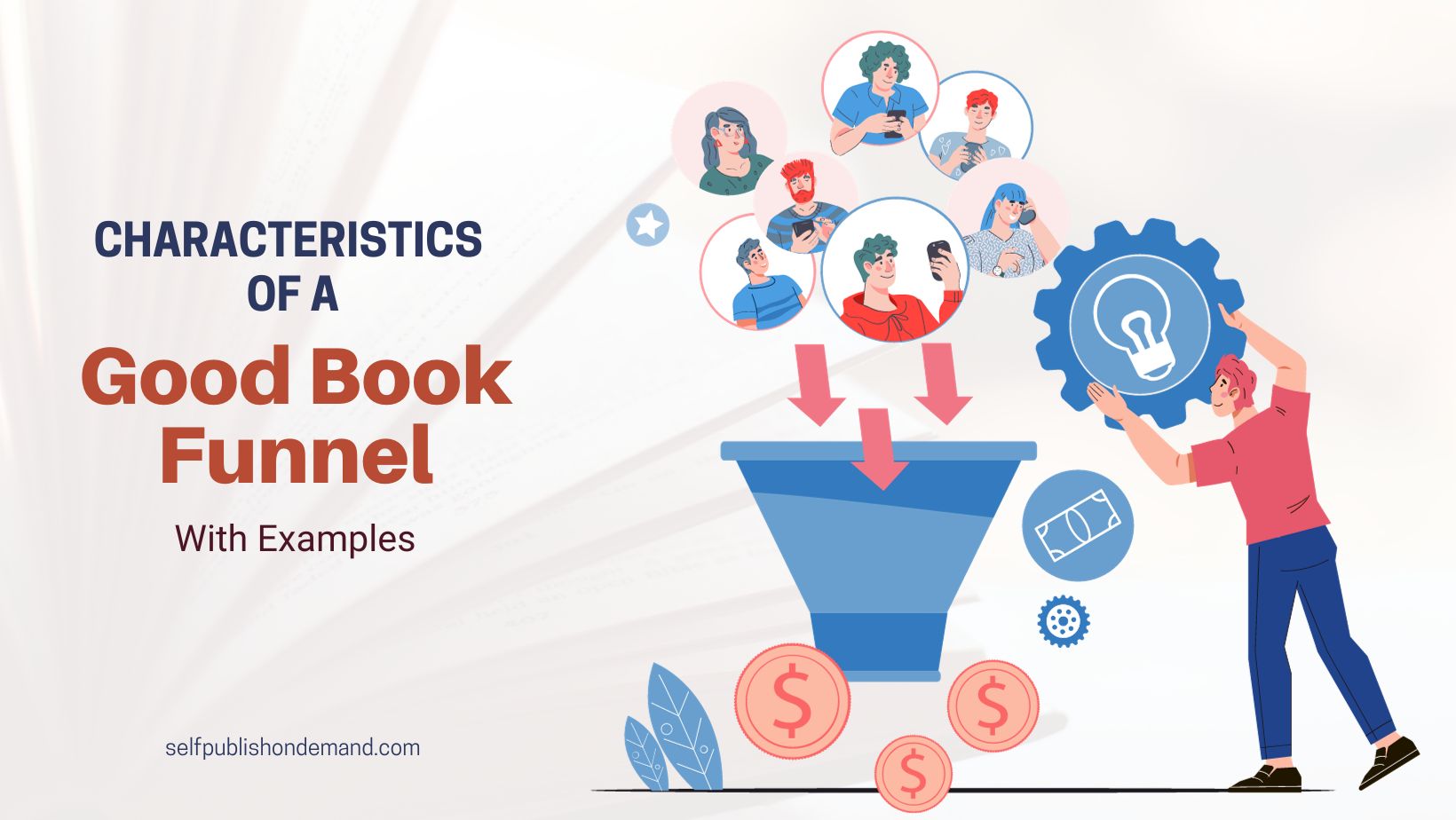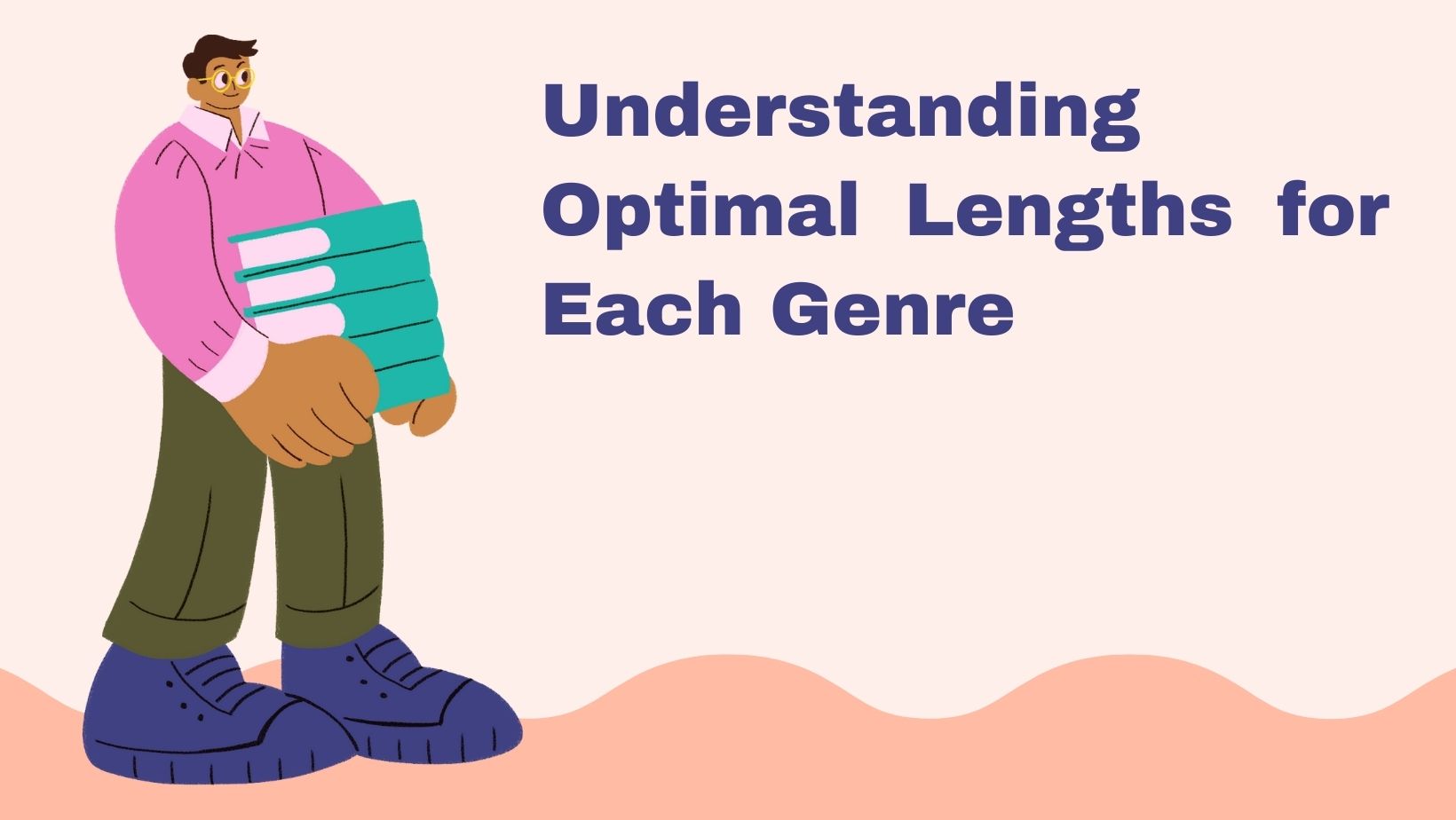As authors and publishers continue to grapple with the challenges of digital publishing, one question looms large: how many books need to be sold to rank on Amazon Kindle? The Kindle platform, with its millions of voracious readers, offers unparalleled opportunities for visibility and success. But finding the magic number of sales to hit the top of the rankings isn’t as straightforward as it seems.
For starters, it’s essential to know that Amazon’s Kindle ranking system operates on a dynamic algorithm. To secure a spot on the bestseller lists of popular genres in the Kindle Store, you’ll typically need to make around 2,000 to 6,000 book sales per day.
However, it’s worth noting that Amazon has numerous bestseller lists, numbering in the hundreds if you know where to find them. This means there are ample opportunities for your book to rank highly in various categories.
When you self-publish a book, you’re in competition with established publishers. Amazon doesn’t differentiate between self-publishers and major publishing houses, so you’ll be competing against big-name authors.
Attempting to rank high in highly competitive genres like Romance, Science Fiction, or Horror can be challenging. It’s more effective to position your book in less competitive genres, or what Amazon refers to as categories.
Table of Contents
Understanding the Kindle Ranking System:

The Kindle ranking system is a proprietary algorithm developed by Amazon. This algorithm considers not just the volume of sales, but also the velocity or speed at which the sales occur. For example, a book that sells 100 copies in an hour will rank higher than one that sells the same number over a week.
However, Amazon does not publicly disclose the specifics of its algorithm, so much of what we know comes from keen observation and ongoing testing by experienced authors and publishers.
The Role of Categories:
Categories play a critical role in determining your book’s ranking. Amazon allows authors to list their books in specific genres and sub-genres, known as categories. Some of these categories are very competitive, while others are less so.
Selecting a less competitive, niche category can significantly increase your chances of achieving a high rank. However, it is crucial to ensure that the category genuinely reflects the content of your book.
How many Amazon Categories Available?
You significantly increase your chances of reaching the top ten within those specific categories. This means you can potentially have a bestseller on your hands, but it relies on making wise category choices.
The seven KDP search keywords are crucial steps in the publishing process. Rushing through this stage without proper research may cause you to miss out on the best opportunity to rank your book on Amazon.
Fortunately, you can find niche categories on Amazon through the sidebar, which offers a wide range of genres and sub-genres called Browse Categories. Simply select from the available options, especially within your genre, such as romance, to discover numerous categories where your book can rank.
How to Discover Niche Categories on Amazon?
When you narrow down your selection to these niche categories, you’ll be able to see the top-ranking books and bestsellers within each sub-genre. You can also explore different bestseller lists by checking the ranking categories of top-performing books.
By following this approach, you can easily locate these niche sub-genres. However, the crucial question remains: How many book sales are necessary to reach the number one or even the number ten spot in these categories?
Consistent Sales
One-off sales spikes rarely lead to sustained high rankings. Consistent sales over time are key to achieving and maintaining a high ranking on Amazon Kindle. A book that sells steadily over a week will likely outrank a book that sees a large volume of sales in one day followed by a significant drop.
Discovering the Daily Book Sales
Required to reach the top positions on Amazon Kindle can be a challenge since Amazon doesn’t provide this data for individual categories. However, there is a helpful tool called Publisher Rocket that accesses the Amazon database and provides valuable information to enhance your book’s ranking potential.
While the software isn’t free, it is worth the investment as it can assist you in positioning your book in up to ten of the best categories and uncover profitable Amazon keywords. To illustrate how bestseller rankings, based on daily sales, I have created graphs using data obtained from Publisher Rocket.
Starting with the popular top-level categories, it is essential to note that unless you are a well-known author like Dan Brown, Stephen King, or J.K. Rowling, it is advisable not to list your book in the broad main categories. Doing so often results in self-published books struggling to sell on Amazon.
The number of Kindle e-books
That need to be sold daily to achieve rankings from #1 to #10 in genres such as Romance, Science Fiction and Fantasy, Literature and Fiction, mystery, thriller, and suspense, for teens and young adults, and children’s e-books. These graphs demonstrate that reaching high rankings requires selling thousands of copies daily.
However, by delving deeper into these main categories, you can find sub-categories that are less competitive. This means you won’t need to sell as many copies to achieve a ranking. The same main categories are used in the following graphs, but this time a popular sub-category is selected, highlighting how much easier it is to rank within these narrower genres. Instead of needing to sell thousands of copies, you may only require hundreds or even fewer.
Two popular nonfiction categories:
Biography, Memoirs, and Self-Help Biographies and Memoirs exemplify the benefits of narrowing down your category, as the more specific your category, the fewer copies you need to sell to achieve a ranking.
Self-Help, despite being highly competitive, offers an interesting twist. By choosing a sub-category, it becomes relatively easier to rank in the top ten compared to other genres.
Micro-categories
Offer even more specific niches to explore. Can you achieve the number one spot by selling just one, two, or three copies a day? The answer is yes, provided you thoroughly research non-competitive categories that align with your book’s content. Be prepared for an influx of Kindle e-books about Tibetan history following this revelation.
Micro-categories, or micro-niches, represent highly specific subcategories within a broader market. They focus on a particular audience segment with distinct preferences. For instance, within the broader ‘Health & Fitness’ category, ‘vegan protein supplements for weightlifters’ could be a micro-category.
By targeting these narrow segments, businesses can cater to specific needs that may be underserved by more general categories. Leveraging micro-categories requires a precise understanding of your target audience.
Detailed customer profiling, market research, and data analytics play a pivotal role in identifying potential micro-categories relevant to your business. For instance, a fashion brand might discover a micro-category in ‘eco-friendly, ethically sourced summer dresses for petite women’ after analyzing customer shopping habits and feedback.
Promotional Strategies

In today’s competitive business environment, promotional strategies have become a cornerstone for the success of any product or service. These strategies, leveraging different marketing channels and techniques, aim to reach out to potential customers, engage them, and ultimately drive them to make a purchase.
So, how can businesses effectively harness these promotional strategies for optimum outcomes?
Effective promotional strategies are crucial to driving the sales volume and consistency needed to rank high. Strategies such as Kindle Countdown Deals, Free Book Promotions, and advertising through Amazon Advertising can help boost your book’s visibility and sales.
Is this Effective?
While it’s reasonable to question the effectiveness of these strategies, I have preserved a couple of screenshots to demonstrate their efficacy. These examples prove that by selecting the best two niche categories, carefully choosing seven search keywords, and diligently promoting your book, you can achieve success.
As evidenced by one of my books ranking at number six in Romance Literary Fiction, the process remains consistent even after a few years since its release.
Summary
You might be surprised to learn that reaching the number one position in certain Amazon categories may require fewer book sales than anticipated. However, this is only possible if you avoid the common mistake made by new authors of selecting two top-level browse categories. Conducting thorough research to identify the best categories for your book can yield significant dividends.
Nevertheless, there is no magic formula for selling a book. To increase your chances of success, you must write an outstanding book, create an eye-catching book cover, and vigorously promote your work. Reaching a high Kindle rank requires a well-crafted book, effective marketing strategies, understanding Amazon’s systems, and a good measure of patience.
The digital publishing landscape is as challenging as it is rewarding. So keep writing, keep publishing, and keep your readers at the heart of what you do. The rank will follow. Ranking on Amazon Kindle is not solely about the number of books sold.
It’s a combination of factors like sales velocity, chosen categories, and sustained sales. Carefully selecting your categories and developing effective promotional strategies can significantly improve your book’s ranking. So, keep these factors in mind, strategize wisely, and you could see your e-book rising in the Kindle ranks!



